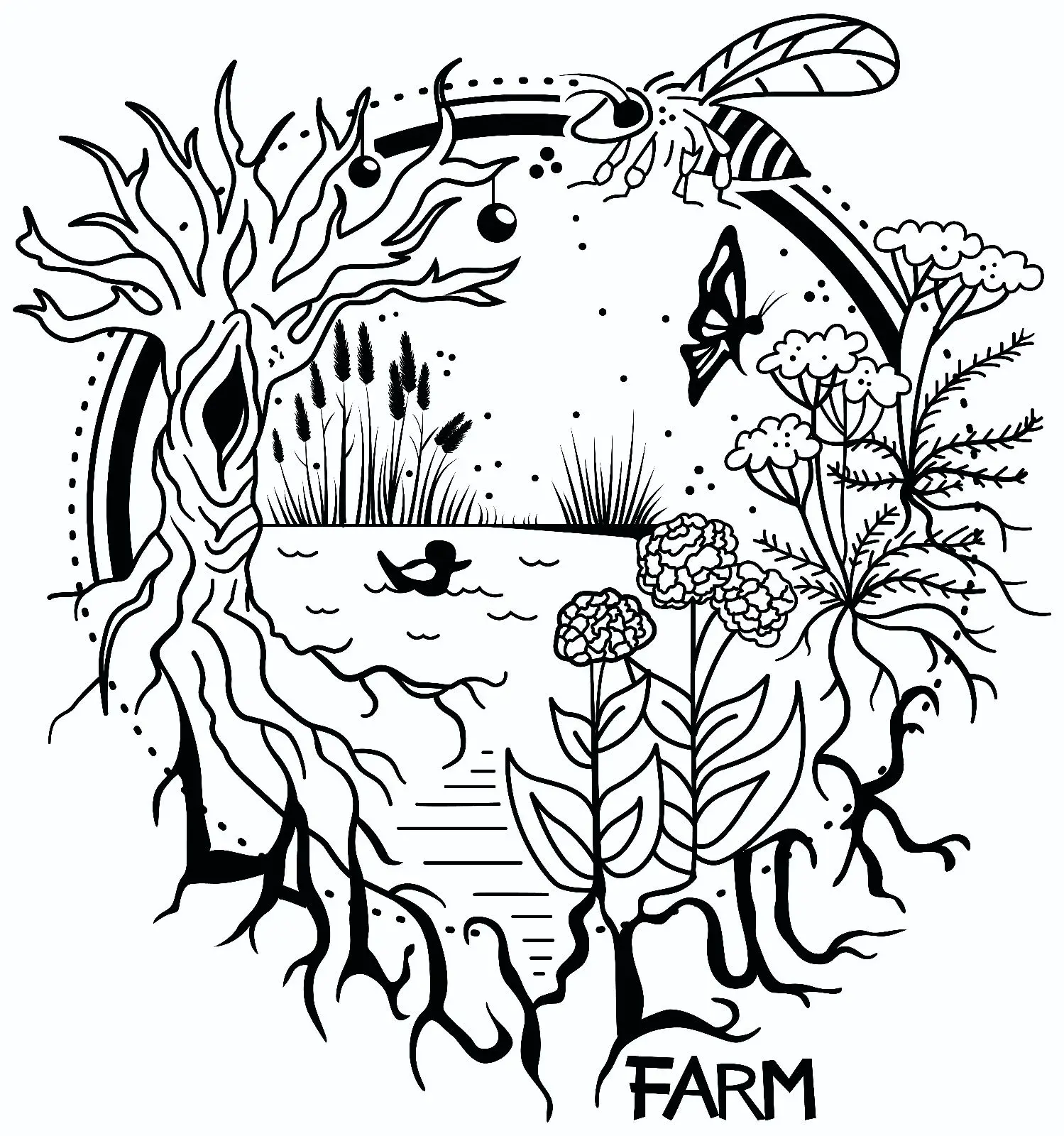- cross-posted to:
- treehuggers@slrpnk.net
- climate@slrpnk.net
I’m reposting my comment from the parent thread at !climate@slrpnk.net to start some discussion with folks here as well if they choose:
I love seeing Dr. Tallamy quoted in more widespread publications, he’s one of the people that inspired me to do what I’m doing.
Personally, I’m propagating seeds from plants native to our bioregion as well as those whose range extends to just south of us - generally from understory species native to the Mid-Atlantic US when the range extends into New York and Massachusetts (we’re in Maine). One of the factors is discovering species facing decline in our region and selecting host plants for them, especially if they provide leaf forage for specialist caterpillars as well as berry or nut forage for other creatures.
One thing that’s on my mind is genetic buffering at a population level (I’m unsure if there’s a better word for this). I wonder what the percentages are for people intentionally ordering plants or seeds native to their region but from areas whose current climate factors are the projected ones for the grower’s area in X number of years vs those who are doing so unintentionally.
🤖 I’m a bot that provides automatic summaries for articles:
Click here to see the summary
As the world’s climate warms, tree growing ranges in the Northern Hemisphere are predicted to move farther north and higher in elevation.
Case currently runs an assisted population migration experiment at the Conservancy’s Ellsworth Creek Preserve in western Washington.
EDITOR’S NOTE: This story is part of a collaboration between The Associated Press and Columbia Insight, exploring the impact of climate on trees in the Pacific Northwest.
“Oaks are the most important plant for supporting wildlife that we have in North America,” he said, “but when you move them out of range, the things that are adapted to eating them no longer have access to them.”
Asked via email about potential ecological disruptions Portland’s City Forester & Urban Forestry Manager Jenn Cairo responded: “We use research from universities, state and federal sources, and local and regional field practitioner experience.”
The organization has planted trees in several parks in the Seattle area and has the ambitious goal of “bringing a million coast redwoods and giant sequoias to the Northwest,” according to its website.
Saved 83% of original text.



